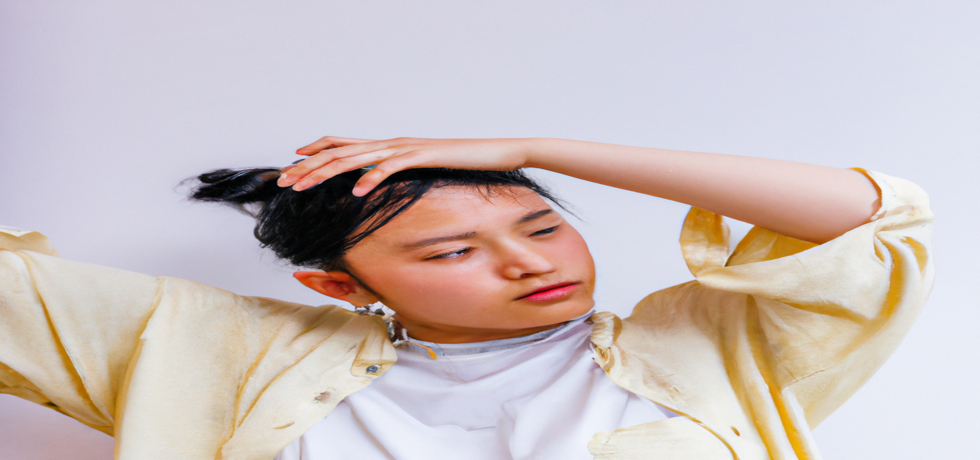
Understanding Fungal Acne: Symptoms, Causes, and Solutions
An Insight Into Fungal Acne
Fungal acne may sound like a contradictory term; however, it refers to a common skin condition that can affect anyone. Often mistaken for regular acne, particularly acne vulgaris, fungal acne stems from a yeast infection of the hair follicles. This condition is most frequently found in warm, humid environments where yeast thrives, making proper knowledge about its symptoms, causes, and solutions invaluable for effective skincare. With insights from The Skin Artistry, you’ll discover how to navigate this fungal condition confidently.
What Are the Symptoms of Fungal Acne?
Fungal acne manifests as small, itchy, pimple-like bumps on the skin that can surface suddenly, giving off a rash-like appearance. These clusters of uniformly shaped lumps can sometimes feature a red ring surrounding them. Those suffering from this skin condition often experience sensations such as burning, itching, or pain. Key areas of concern includes the chin, chest, forehead, neck, upper arms, shoulders, and back region. Recognizing these symptoms early allows for better management and skincare solutions.
What Are the Causes of Fungal Acne?
The underlying cause of fungal acne is often linked to the overgrowth of a type of yeast called Malassezia, present on almost everyone’s skin. However, when this yeast gets trapped in damaged hair follicles, due to excessive skin-to-skin contact or wearing tight clothing, it can lead to an infection. Factors like leaving skin warm and damp, using razors, and antibiotic usage can also exacerbate the condition. Understanding these causes can help in developing targeted strategies for prevention and treatment.
How to Treat Fungal Acne?
Proper diagnosis is essential, as misidentifying fungal acne as traditional acne can lead to prolonged discomfort. To effectively treat this condition, antifungal medication, either topical or oral, is typically prescribed by dermatologists. Personalized guidance from experts at The Skin Artistry can help you implement effective skincare routines, such as showering immediately after workouts or switching to loose clothing of natural fibers. These basic hygiene practices can significantly alleviate symptoms and promote clearer skin.
Prevention from Fungal Acne
Preventing fungal acne is achievable by adapting several lifestyle habits. Showering post-exercise, wearing breathable fabrics, and being cautious during waxing, shaving, or other hair removal techniques can greatly reduce the risk of outbreak. Maintaining clean environments, especially with items like hot tubs, is essential. For those who frequently experience symptoms, consulting with The Skin Artistry regarding long-term antifungal treatments may be beneficial.
When to Consult a Dermatologist?
If you find that your symptoms persist even after three weeks of at-home treatment, its time to consult a dermatologist. Early intervention can prevent fungal acne from worsening and allow for effective management. The Skin Artistry’s dermatologists are well-equipped to tailor treatment plans that focus on your unique needs while effectively addressing the root causes of fungal acne.
Conclusion
Understanding fungal acne is crucial for effective management and treatment. By recognizing symptoms early, being aware of the causes, and implementing treatment and prevention strategies, you can tackle this condition head-on. Empower yourself with knowledge and consult professionals for personalized care. For professional assistance and expert advice from leading dermatologists like Dr. Hital Patel, experience the benefits of understanding fungal acne with Hair & Skin Specialist Dr. Hital Patel at The Skin Artistry. Our clinics in PDPU Gandhinagar, Vastrapur Ahmedabad, and Hyderabad (Visiting Consultant) offer top-quality care and personalized treatments. Visit us today to learn more about our services and take advantage of our special offers! For more insights, updates, or to collaborate, stay connected with The Skin Artistry.

